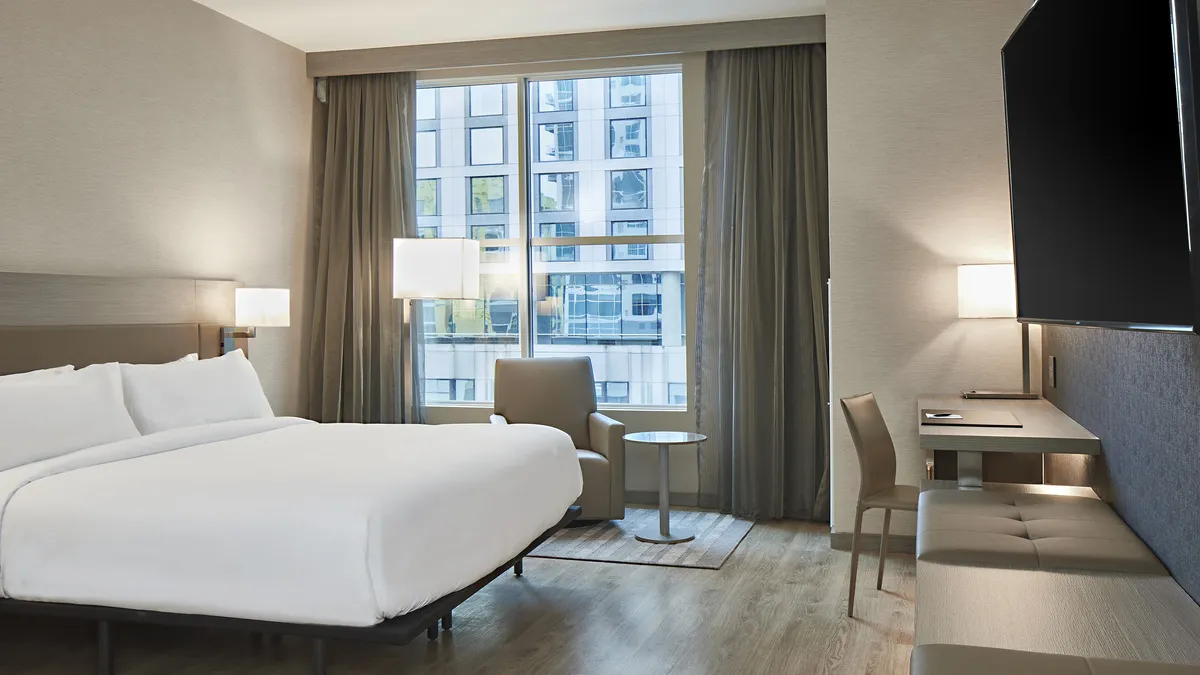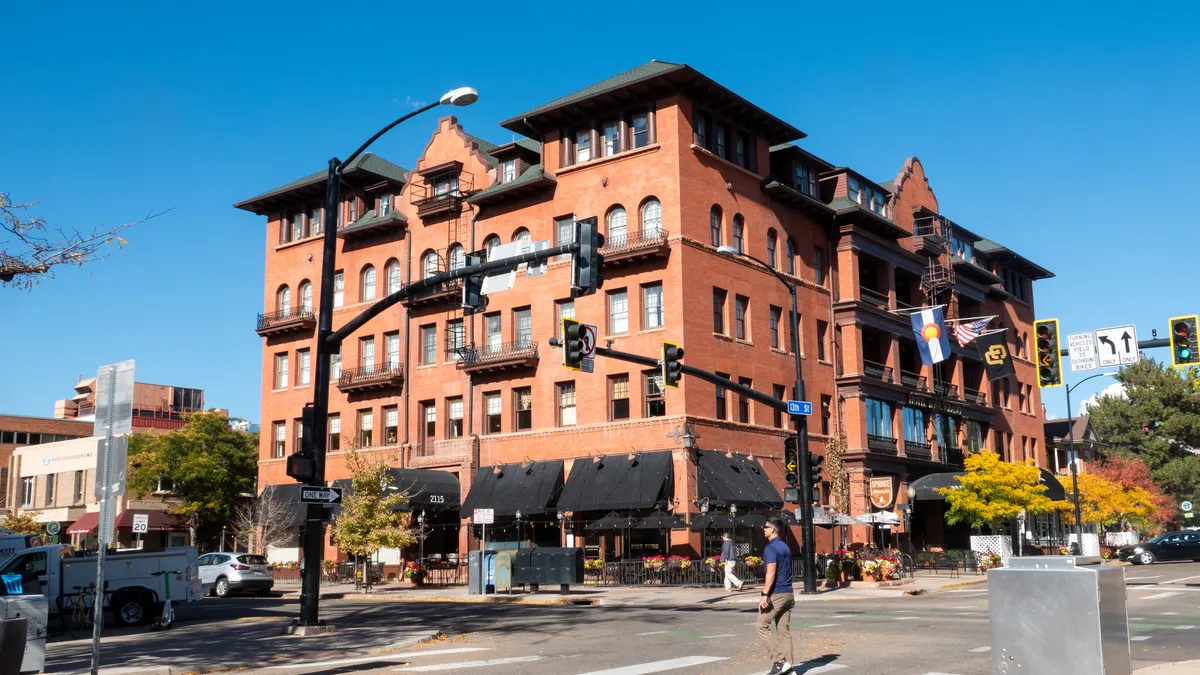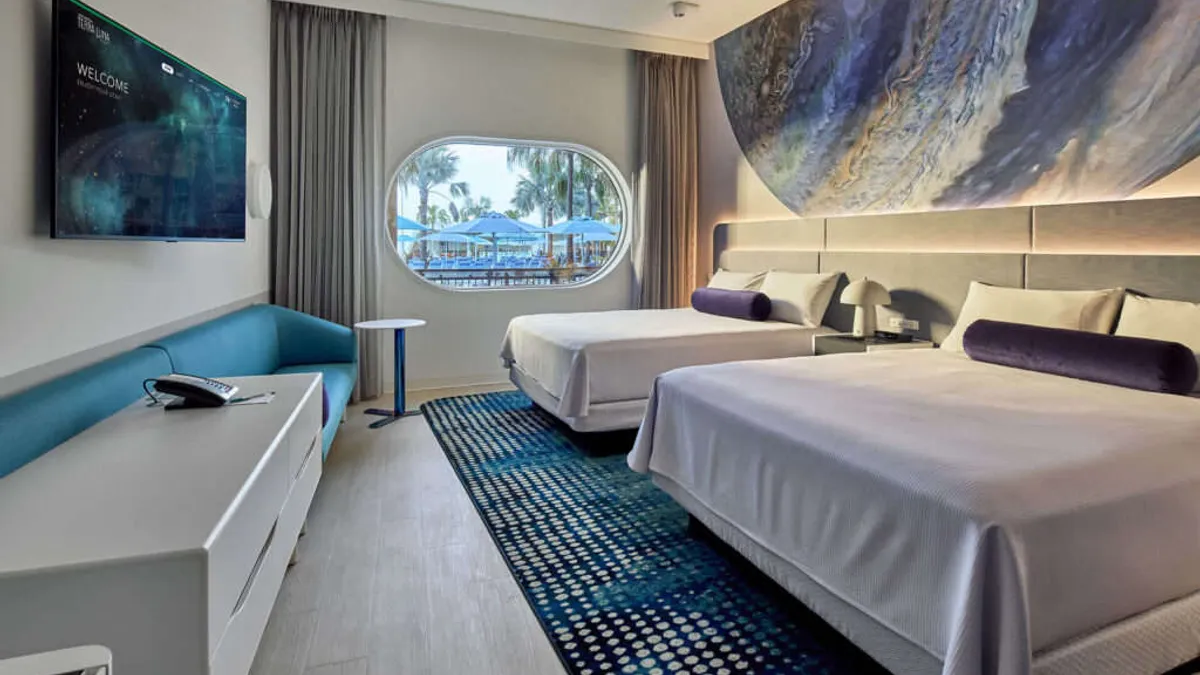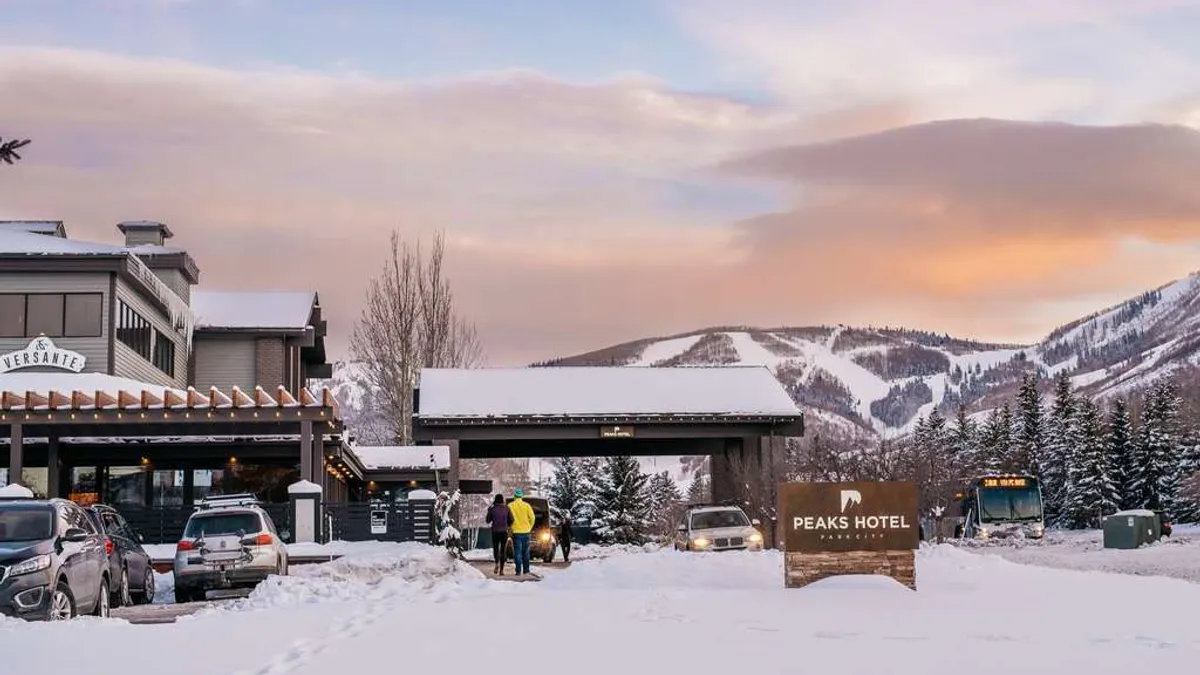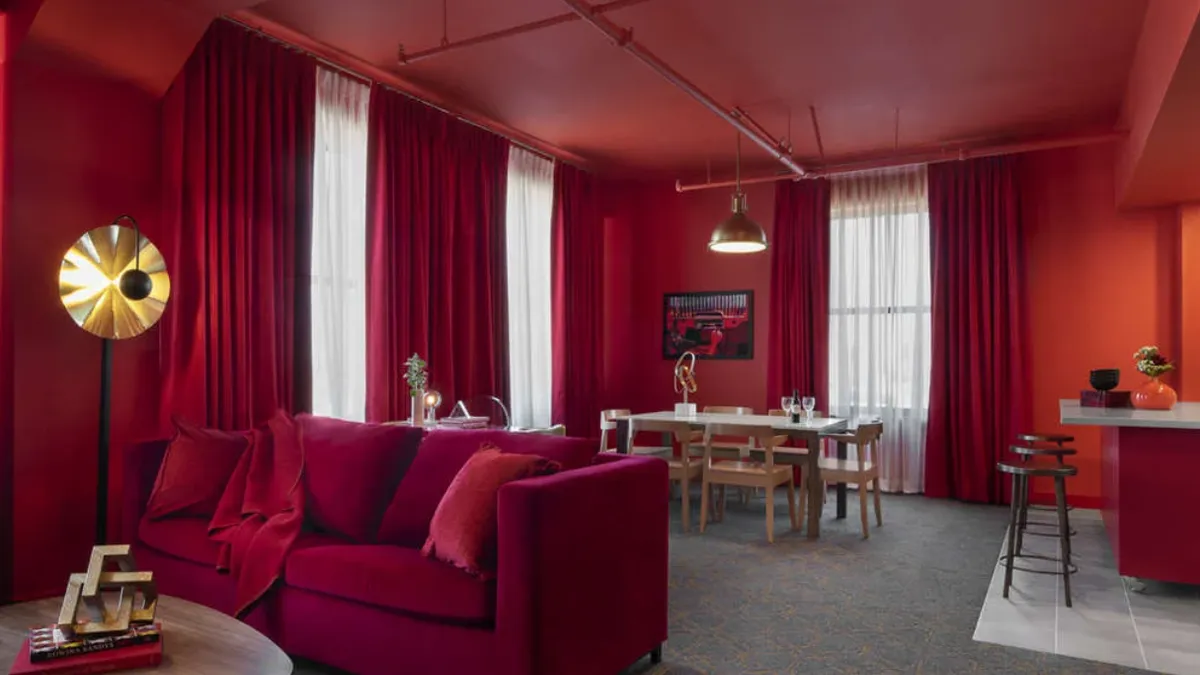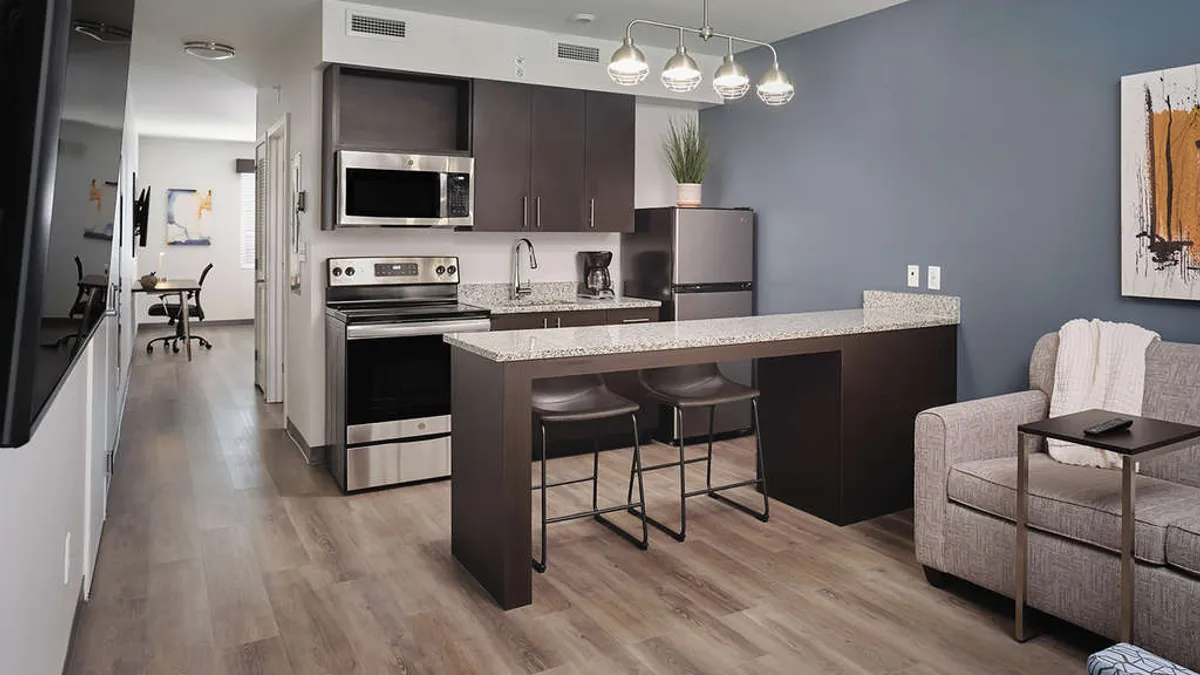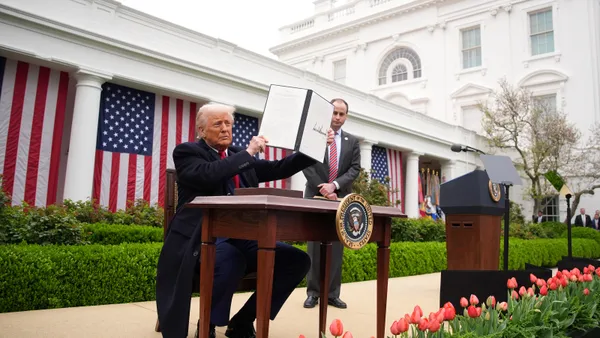The following is a guest post from Michael Frohnappel, leader of Baker Barrios’ entertainment and hospitality practice. Opinions are the author’s own.
Demand for in-person events is on the rise — and hotel owners and operators are paying attention. According to Associations Now, more than 60% of event planners say they’re focusing on additional in-person events and conferences over the next three years, a 16% increase over 2023.
The hospitality sector is already responding to the increased interest in hosting live events. And in some cases, that means renovations. Lodging Econometrics found that hotel renovations were up 8% in 2023, and the hotel industry can expect to see the same — if not higher — numbers reported at the end of 2024.
Hoteliers want to be well-positioned to capture revenue from events, but they also want to focus on the kind of amenities that offer the best return on investment. The following are four key considerations to apply to the design process when revitalizing event spaces.
Create a sense of place
When people travel for a meeting or an event, a primary attraction is the experience a specific destination can provide. The right design can enhance that sense of place for your hotel.
Design inspiration can come from the hotel’s physical surroundings and nearby attractions. For example, the JW Marriott Clearwater Beach Resort & Spa in Florida takes cues from its warm, coastal location with a bright and airy lobby where the tropical air lingers, and polished ballrooms where coastal charm meets modern sophistication.
The Celeste Hotel, a Tribute Portfolio by Marriott property in Orlando, Florida, features an immersive space theme throughout as a tribute to its ties with the University of Central Florida, known as “Space University” for its association with NASA. The 180-room hotel’s lobby incorporates celestial themes and cosmic imagery. Artwork and other design elements tie the celestial themes to modern technology, creating a space where the past and future of science and exploration converge.
While the lobby is of course the first opportunity to offer a striking moment of arrival, consider the public spaces where guests will be spending the most time. In event spaces, consider elements such as outdoor access to enjoy area views, interactive displays or custom decor. In the era of social media, hotels ought to provide an ideal, experiential backdrop for all the Instagram and LinkedIn posts conference attendees will make.
Say bye to the ballroom
Organizations want to be able to customize event spaces to their needs, so any renovation that improves flexibility will make your property more attractive. Large spaces that can be subdivided into smaller break-out rooms are essential. But as events and conferences have added more impactful, creative and interactive features, the need for infrastructure that supports these grand gestures has grown.
For example, hotels are adding features such as oversized doors and large-capacity elevators to bring in equipment — like the latest car models for an auto conference or oversized monitor systems for large-scale visuals — or large groups of people, like marching bands or other musical entertainment.
The newly expanded ballroom space at the Signia by Hilton Orlando Bonnet Creek, for example, is designed to accommodate large-scale exhibitions with soaring ceilings, reinforced flooring and expansive entry points. Cutting-edge technology, including advanced lighting grids, integrated AV systems and customizable rigging solutions, ensures seamless presentations and immersive experiences. The building's structure, engineered for high load-bearing capacity, guarantees the venue can host unique events without compromising on the elegance and sophistication expected from a luxury setting.
Keep tech top of mind
Fast, reliable connectivity is non-negotiable, but future-ready hospitality tech goes beyond internet connections.
Tech implemented during renovations — such as keyless access, augmented reality capabilities or virtual concierges — can improve the guest experience. But there are advantages from the operations perspective, too, as integrated tech can connect the back office to the front-of-house team, enhance security and assist in property maintenance and efficiency. Without smart tech capabilities, a hotel will seem dated, no matter how recent its renovation.
Focus on wellness
Renovating spaces to offer a more healthy environment can better attract event planners preparing to fill a space with dozens, if not hundreds, of people. Event professionals are thinking not only about physical wellness enhancements, but also about amenities that support mental wellness. These offerings can range from daylight-filled spaces with outdoor access to meditation rooms where event guests can take a break from sensory stimuli.
One way hotel owners are meeting the demand for wellness offerings is by adding — or updating — an on-site spa. For example, the recent renovation of the Alfond Inn in Winter Park, Florida, added a full-service spa along with 2,400 square feet of additional event space. The hotel owners recognized that the addition of such a bespoke amenity would increase their property’s appeal to event planners and guests alike.
Hotel renovations can be a great opportunity to leverage our collective creativity and passion for creating unforgettable guest experiences.




